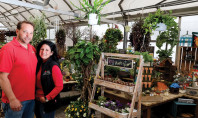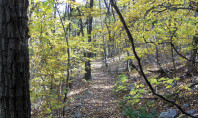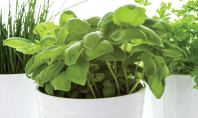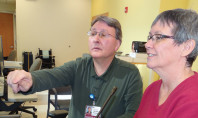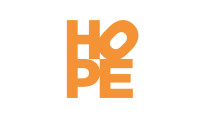Wildlands Conservancy
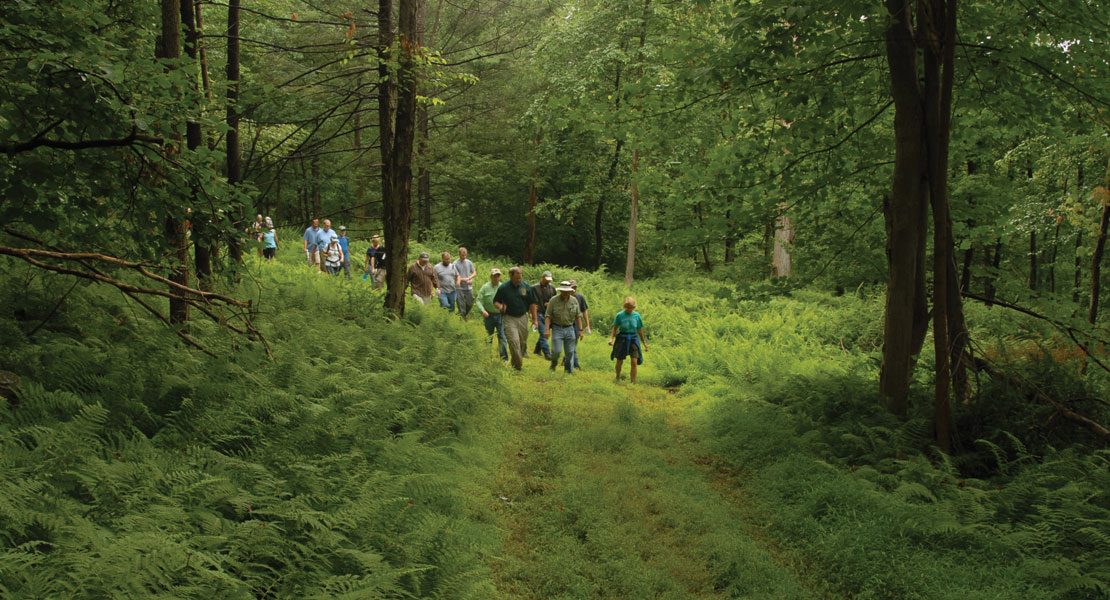
When describing a place, I can do it with words or even show you a picture. But nothing compares to being there. A place is not just about its appearance. It is about its history and its proximity to other places as well as the smells, sounds, tastes and – most of all – the feelings you get when you are there. Having worked on land protection in the Lehigh Valley for 42 years, Wildlands Conservancy, headquartered in Emmaus, understands this better than most. Its folks use more than practical, open-space-protection techniques, they enlist the human spirit in order to protect the best of what this region has to offer.
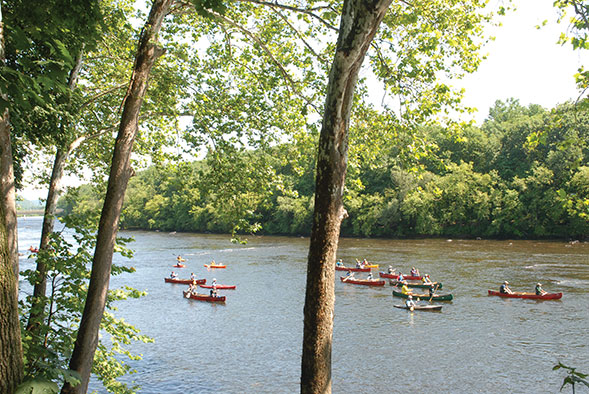
Wildlands began as a plea to “Save South Mountain.” With support from the late Robert “Bob” Rodale – steward of the organic gardening movement and hereditary captain of the Rodale empire – this campaign to save a few tracts of ecologically valuable land north of Emmaus’ downtown grew into a collective effort to protect the entire valley. With the South Mountain Preserve complete, Wildlands’ focus area expanded beyond the human-drawn lines on a municipal map to the broader, nature-drawn line defined as the Lehigh River watershed. Citizens with a variety of backgrounds, including Leonard Parker Pool, the self-driven entrepreneur and founder of Air Products, unified in support of Wildlands and the community’s good health.
The Wildlands has introduced urban dwellers to the woods, young readers to wild animals and white sneakers to mud.
The board and staff expanded the mission, too. More than buying up open space to conserve it, they wanted people to connect to it. As Wildlands president Chris Kocher said, “Gone are the days of protecting it and keeping people out.”
The Lehigh’s Return
“The Lehigh River story is really a great American story and a great historical study of the industrial revolution in the country,” said Kocher. “It was important economically [anthracite, slate, cement, limestone, iron, steel, transportation, etc.] and the Lehigh Valley is where it is and is named because of that river.”
Meanwhile, it was filthy. “It never caught on fire, but it probably should have,” Kocher said. Plus, the waterway’s power was leased to the privately owned Lehigh Coal and Navigation Company. Even though the Commonwealth of Pennsylvania returned ownership to the citizens in 1967, persistent was the idea that public access was prohibited.
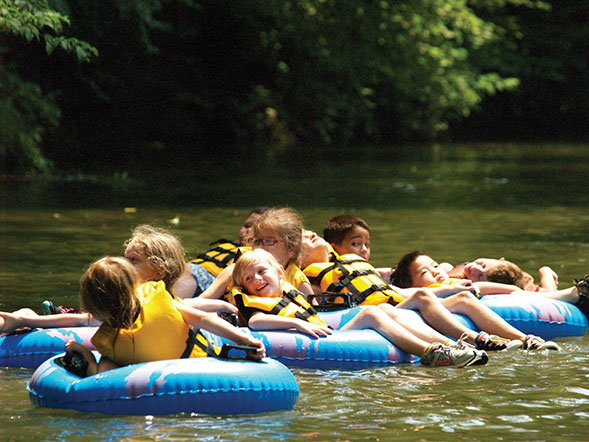
“The Lehigh River is cleaner now than it’s been in the last 175 years,” said Kocher. Amidst the Valley’s current growth, vibrant downtowns and exciting cultural opportunities, Kocher believes, “It comes full circle in the sense that protection of the natural resources makes sense for the environment, it makes sense for our quality of life and it makes sense for the economy.” He boldly continues, “I think in the next 20 years, the Lehigh River will be the cleanest, most successful major river in the Commonwealth of Pennsylvania.”
To accomplish this, Wildlands uses multiple approaches, which include:
Schooling
After decades of teaching kids about the wonders of nature, the educators at Wildlands have a lot of stories to tell. They have introduced urban dwellers to the woods, young readers to wild animals and white sneakers to mud. Their curriculum is tied to Pennsylvania’s academic standards for environmental ecology, thus helping to improve public education, too.
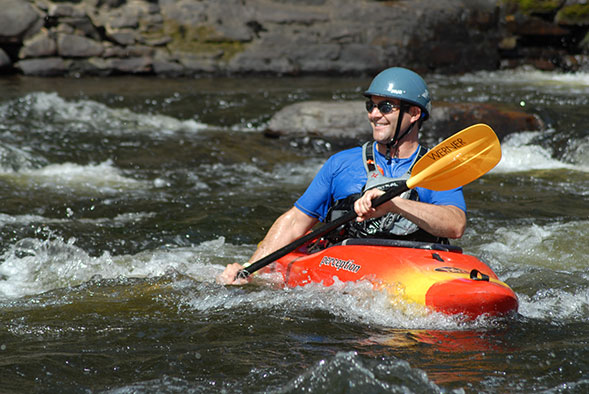
Continued Learning and Recreation
Wildlands also introduces adults to the river, enthusiasts to trails and concerned citizens to facts. It offers hundreds of programs to help folks convene in, understand and enjoy the outdoors. These include events, outings, workdays, maps, bike rides, river floats, summer camps, scouting trips, and naturalist-led hikes.
This June comes a signature event: the Lehigh River Sojourn. From June 26 to June 29, attendees can participate in this fun, safe and informative journey down the river on one or all days. Jerry Mistal volunteers as chairperson of the Sojourn committee. He said, “[It] opens the door to physically connect to the resources we need to protect. The Lehigh River is our pathway for one community to another to share this vision of conservation and protection of our natural resources and to inspire young and old to connect to nature and savor its joy.”
Restoration
Because the region still faces significant water-quality impacts, Wildlands leads many local restoration projects, ones that leverage available grant dollars to facilitate strategic ecological improvement with a focus on water quality.
Land Protection
For all that Wildlands does, saving land remains its primary mission. It achieves this in a variety of ways. In addition to its own preserves, it allows landowners to retain their privacy as a term of their conservation easements. Some acquisitions are transferred to other stewards, such as the Pennsylvania Game Commission. Both science and planning dictate which parcels are worth the investment.
For more information, visit wildlandspa.org or call 610.965.4397.


